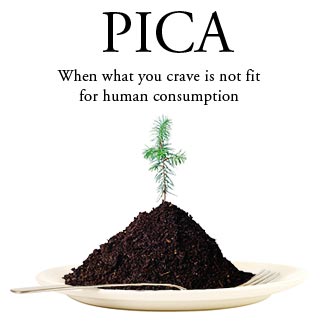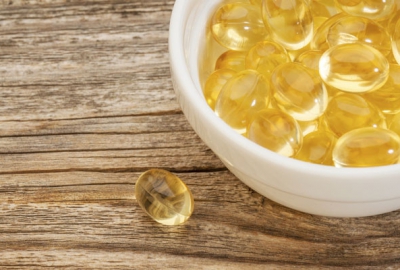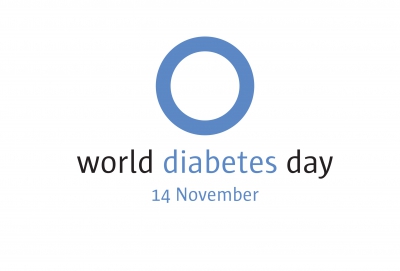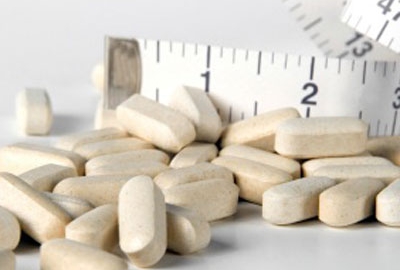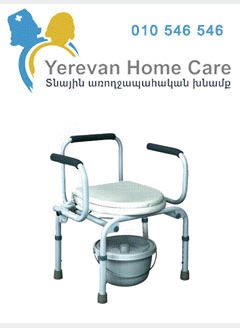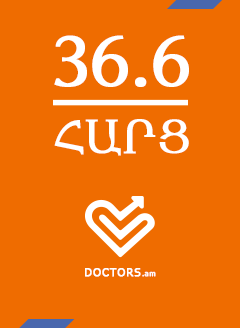Pica is characterized by the persistent and compulsive craving to consume non-food items with absolutely no nutrition. Persistent ingestion of dirt or paper for one month at any age can be harmful to health. In the latest study that included 158 pregnant teens, Cornell researchers found that nearly 50 percent of them engaged in pica.
Those who engaged in pica behaviour craved for non-nutritive food substances like ice, cornstarch, vacuum dust, baby powder and soap, and other non-food items. The teens who experience this eating disorder have extremely low levels of iron as compared to teens who do not consume non-food substances.
It is a fact that pregnant teens, irrespective of the eating disorder pica, face an increased risk of low hemoglobin, which indicates deficiency of iron and anemia. Due to low levels of iron, pregnant teens are at an increased risk of giving birth prematurely and the babies often have low birth weights. This condition ups the infants' risk of mortality.
"In this study, the strength of the association between pica and anemia is as big as any known causal factor of anemia in pregnant teens; this is a very strong association," said Sera Young, a research scientist in nutritional sciences in Cornell's College of Human Ecology and a co-author of the study published online in the Journal of Nutrition.
In this study, the researchers noticed that over the course of pregnancy there was a rise in pica eating disorder and deficiency of iron.
"As anemia increased, so did these behaviors, but we don't know what happens first," said Kimberly O'Brien, professor of nutritional sciences and the study's senior author.
The 158 pregnant teens included African-American, white and Latina pregnant teens. Nearly 47 percent of the adolescents reported pica behavior in which they mostly craved for ice, followed by starches, powder, soap, paper, plastic foam like pillow stuffing or sponges, baking soda and other items.
For those who engaged in pica, texture is more important. If they have craving for ice, they consume cups and cups of ice, and this consumption of ice will not alter the status of iron levels. Thus, confirming that iron deficiency has an effect on the chemistry of brain that triggers these cravings.
"The public health importance of pica really needs to be acknowledged," said Young. "My hope is that these studies put pica on the radar as a legitimate public health issue."









